Hey everyone, welcome back to Dividend Stockpile. With the market hitting all-time highs, it can feel like everything is overvalued, but that’s not entirely true. As my favorite stock analyst, Chuck Carnival from FastGraphs, always says, it is a market of stocks—not a stock market. Today, I’ve dug into my watch list of top-tier dividend companies and filtered for valuation metrics like price to earnings, price to free cash flow, and dividend yield theory. After sifting through, here are five dividend growth stocks still trading at attractive levels.
Globe Life (GL)
Globe Life is a lesser-known but incredibly consistent life and health insurance company focused on middle-income Americans. It operates through three segments: life insurance, supplemental health insurance, and investments. Their product lineup includes whole, term, and other life insurance plans, plus Medicare supplement and limited-benefit policies covering accident, cancer, critical illness, heart, intensive care, and more.
The company runs a disciplined underwriting process and boasts one of the highest returns on equity in its sector—over 20%. Management’s focus on tight risk controls has fueled both profitability and reliability, making it a favorite for conservative dividend portfolios.
Valuation metrics highlight the opportunity:
- P/E Ratio is about 9.8x forward earnings, well below its five-year average of 12.9x.
- P/FCF sits at 7x, cheaper than peers and under its own five-year average of 7.61x.
- PEG Ratio of 0.66 signals you’re paying less for each point of expected earnings growth.
- Dividend Yield comes in at 0.84%, slightly above its historical 0.8% average.
While Globe Life isn’t a high yielder, it has grown its dividend for 19 consecutive years with a five-year CAGR above 7%. Combined with ongoing buybacks and strong free-cash-flow generation, it remains a well-hidden total return machine.
Marsh & McLennan (MMC)
Marsh & McLennan has been around since 1871 and is a global leader in insurance brokerage, risk management, and consulting. The company splits operations into two main segments:
- Risk & Insurance Services—offers risk advice, risk transfer, insurance and reinsurance brokering to businesses, public entities, and private clients.
- Consulting—provides health, wealth, career solutions, and specialized management consulting worldwide.
Their recurring revenue streams, pricing power, and fortress balance sheet have allowed them to navigate every economic cycle with ease.
On valuation:
- P/E Ratio runs at roughly 26x trailing earnings and just 20.66x forward, below its five-year average near 27x.
- P/FCF is around 25x, a notch under its five-year average of 26.14x.
- Dividend Yield of 1.52% tops its long-term average of 1.39%.
- Payout Ratio stands at 38.7%, leaving ample cushion for future increases.
MMC has raised its dividend for 15 straight years, delivering a five-year dividend growth rate of over 12%. In a high-rate environment, stable fee income and recurring service contracts make MMC exceptionally attractive.
Merck (MRK)
Merck is one of the most established pharmaceutical giants in the world, anchored by its blockbuster drug franchise driving double-digit revenue growth. The business is organized in two segments:
- Pharmaceuticals—focuses on oncology, vaccines, hospital care, cardiovascular, virology, neuroscience, and diabetes.
- Animal Health—provides veterinary pharmaceuticals, vaccines, and health management solutions for livestock.
Strategic acquisitions have diversified Merck’s pipeline, supporting robust long-term growth.
Key valuation data:
- P/E Ratio of about 12x trailing earnings, below the healthcare average of 17x and Merck’s own five-year average of 13.88x.
- P/FCF near 12x, significantly under its five-year average of 22.17x.
- Dividend Yield around 4%, compared to its historic 2.96%.
- Payout Ratio remains under 50%, leaving room for continued hikes.
Merck has boosted its payout for 14 consecutive years. For a defensive name with reliable growth and a compelling entry point, MRK checks all the boxes.
MSCI (MSCI)
MSCI sits at the heart of global finance, providing some of the most widely used indices—including the MSCI Emerging Markets and EAFE—and a suite of analytics platforms. The business breaks down into three areas:
- Index Segment—licensing indexes to ETFs, mutual funds, annuities, futures, options, and structured products.
- Analytics Segment—delivers risk management, performance attribution, and portfolio analytics for asset managers and pension funds.
- ESG & Climate Segment—offers data, ratings, research, and tools to help investors navigate environmental, social, and governance risks.
High switching costs and subscription models give MSCI sticky recurring revenue and gross margins north of 80%.
Valuation snapshot:
- P/E Ratio trades around 40x forward earnings, below its five-year average of almost 51x.
- Expected EPS growth should push the P/E under 30x in three years.
- P/FCF is about 31.5x, cheaper than the five-year average of 42x.
- Dividend Yield sits at 1.16%, above its 0.90% historical level.
- Five-year dividend CAGR clocks in at 20%, with a payout ratio of 45%.
If you want a high-margin, high-moat business with compelling dividend growth, MSCI deserves a spot on your radar.
Novo Nordisk (NVO)
Novo Nordisk is a Danish pharmaceutical powerhouse, dominant in diabetes and obesity treatments with Ozempic and Wegovy fueling massive growth. Its segments include:
- Metabolic Health—diabetes care, obesity management, insulin pens, growth hormone therapies.
- Rare Disease—blood disorders, rare endocrine conditions, and replacement therapies.
Founded in 1923, Novo has consistently innovated to capture market share in metabolic diseases worldwide.
Valuation highlights:
- P/E Ratio around 20x, down from recent highs and well below its five-year average of 32x.
- P/FCF of 26x, a premium but justified by expected 30% annual earnings growth next three years.
- PEG Ratio of 0.60, showing the stock is cheap relative to its growth prospects.
- Dividend Yield of 2.33%, compared to a five-year average of 1.42%.
Novo pays dividends semi-annually, typical for European firms, and maintains a shareholder-friendly policy: any excess capital after funding growth and M&A goes straight back to investors.
Final Thoughts
Remember, it’s a market of individual stocks, not a monolithic market. By focusing on valuation metrics like P/E, P/FCF, and dividend yield theory, you can pinpoint pockets of value even when indices shine at record highs. Globe Life, Marsh & McLennan, Merck, MSCI, and Novo Nordisk each offer a blend of reliable dividends, growth potential, and attractive valuations—perfect ingredients for your next long-term buy-and-hold picks.
https://youtu.be/rnEQUqWDIoU?si=XzkmZodjjEo3iWkr
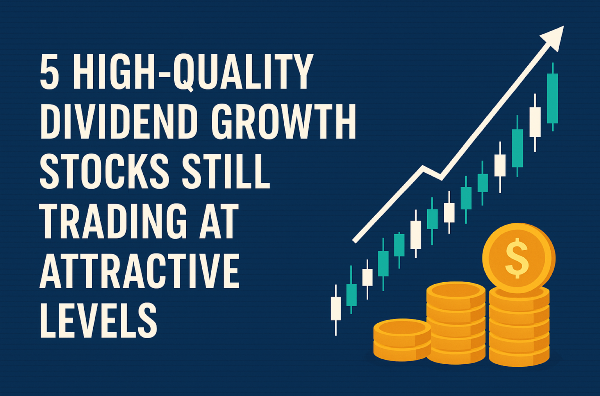

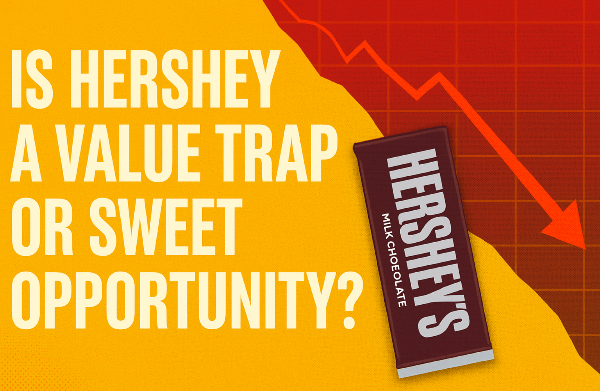
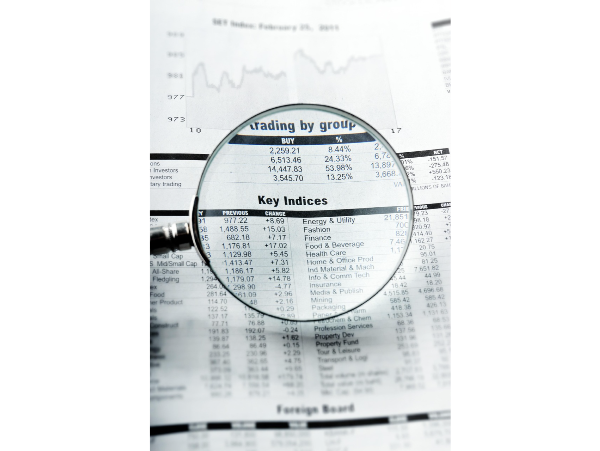





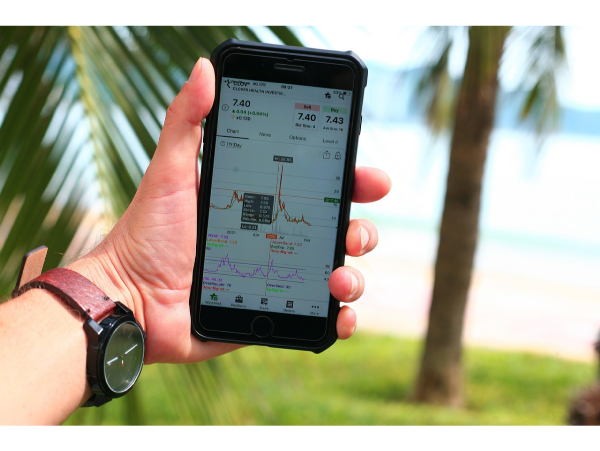

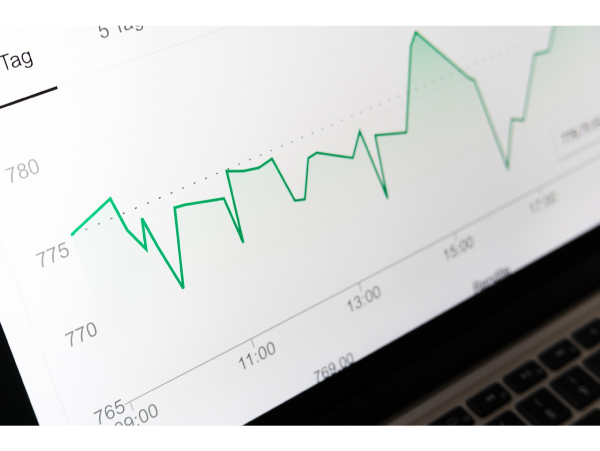

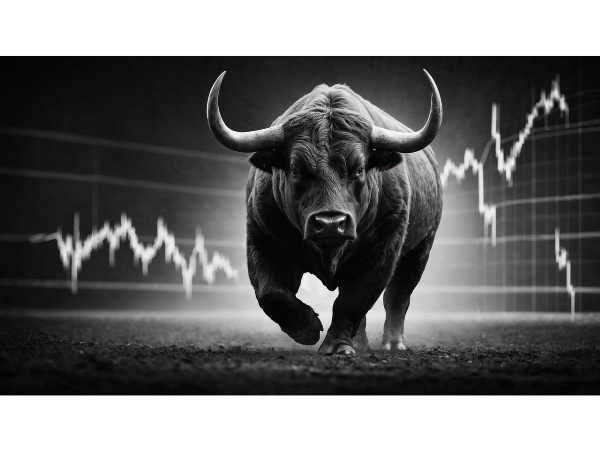
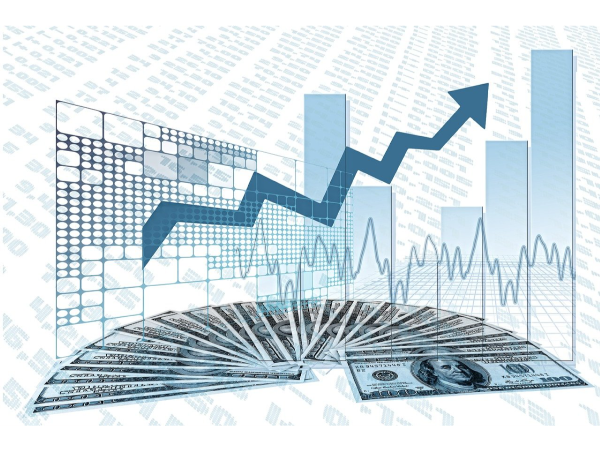

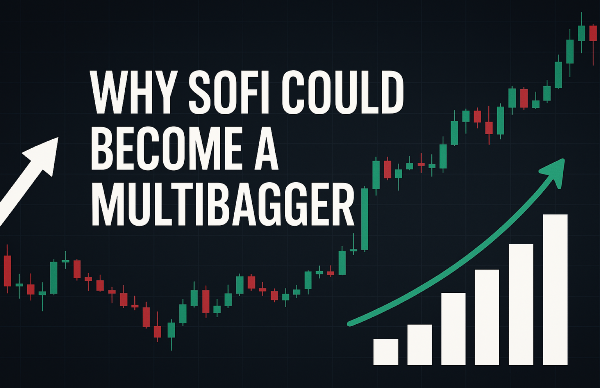
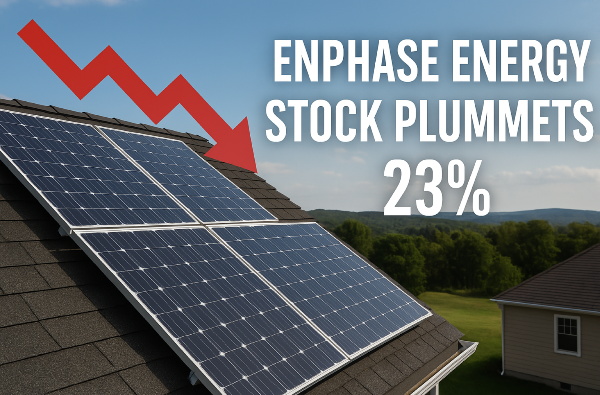
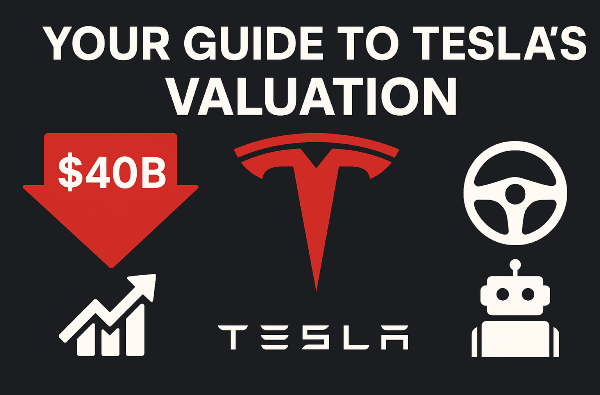

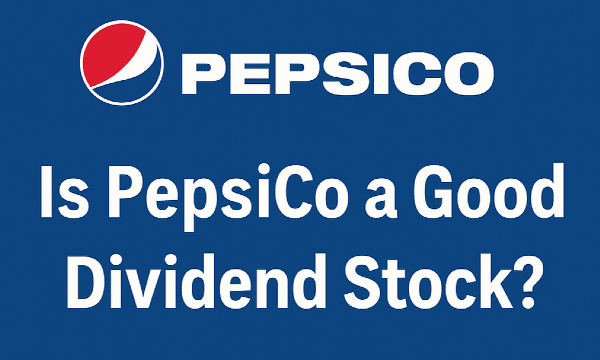
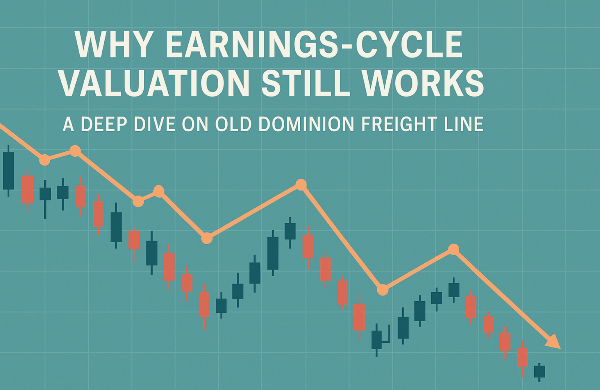








Hey everyone, welcome back to Dividend Stockpile. With the market hitting all-time highs, it can feel like everything is overvalued, but that’s not entirely true. As my favorite stock analyst, Chuck Carnival from FastGraphs, always says, it is a market of stocks—not a stock market. Today, I’ve dug into my watch list of top-tier dividend companies and filtered for valuation metrics like price to earnings, price to free cash flow, and dividend yield theory. After sifting through, here are five dividend growth stocks still trading at attractive levels.
Globe Life (GL)
Globe Life is a lesser-known but incredibly consistent life and health insurance company focused on middle-income Americans. It operates through three segments: life insurance, supplemental health insurance, and investments. Their product lineup includes whole, term, and other life insurance plans, plus Medicare supplement and limited-benefit policies covering accident, cancer, critical illness, heart, intensive care, and more.
The company runs a disciplined underwriting process and boasts one of the highest returns on equity in its sector—over 20%. Management’s focus on tight risk controls has fueled both profitability and reliability, making it a favorite for conservative dividend portfolios.
Valuation metrics highlight the opportunity:
While Globe Life isn’t a high yielder, it has grown its dividend for 19 consecutive years with a five-year CAGR above 7%. Combined with ongoing buybacks and strong free-cash-flow generation, it remains a well-hidden total return machine.
Marsh & McLennan (MMC)
Marsh & McLennan has been around since 1871 and is a global leader in insurance brokerage, risk management, and consulting. The company splits operations into two main segments:
Their recurring revenue streams, pricing power, and fortress balance sheet have allowed them to navigate every economic cycle with ease.
On valuation:
MMC has raised its dividend for 15 straight years, delivering a five-year dividend growth rate of over 12%. In a high-rate environment, stable fee income and recurring service contracts make MMC exceptionally attractive.
Merck (MRK)
Merck is one of the most established pharmaceutical giants in the world, anchored by its blockbuster drug franchise driving double-digit revenue growth. The business is organized in two segments:
Strategic acquisitions have diversified Merck’s pipeline, supporting robust long-term growth.
Key valuation data:
Merck has boosted its payout for 14 consecutive years. For a defensive name with reliable growth and a compelling entry point, MRK checks all the boxes.
MSCI (MSCI)
MSCI sits at the heart of global finance, providing some of the most widely used indices—including the MSCI Emerging Markets and EAFE—and a suite of analytics platforms. The business breaks down into three areas:
High switching costs and subscription models give MSCI sticky recurring revenue and gross margins north of 80%.
Valuation snapshot:
If you want a high-margin, high-moat business with compelling dividend growth, MSCI deserves a spot on your radar.
Novo Nordisk (NVO)
Novo Nordisk is a Danish pharmaceutical powerhouse, dominant in diabetes and obesity treatments with Ozempic and Wegovy fueling massive growth. Its segments include:
Founded in 1923, Novo has consistently innovated to capture market share in metabolic diseases worldwide.
Valuation highlights:
Novo pays dividends semi-annually, typical for European firms, and maintains a shareholder-friendly policy: any excess capital after funding growth and M&A goes straight back to investors.
Final Thoughts
Remember, it’s a market of individual stocks, not a monolithic market. By focusing on valuation metrics like P/E, P/FCF, and dividend yield theory, you can pinpoint pockets of value even when indices shine at record highs. Globe Life, Marsh & McLennan, Merck, MSCI, and Novo Nordisk each offer a blend of reliable dividends, growth potential, and attractive valuations—perfect ingredients for your next long-term buy-and-hold picks.
https://youtu.be/rnEQUqWDIoU?si=XzkmZodjjEo3iWkr